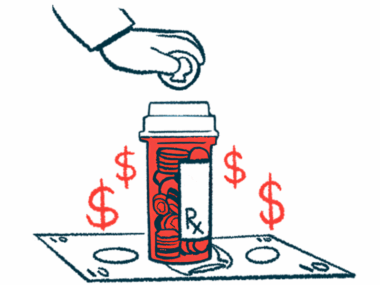FDA clears brain mapping tool for neuromodulation therapies
Turing’s Bullsai Identify uses AI to generate patient-specific maps
Written by |

The U.S. Food and Drug Administration (FDA) has cleared Turing Medical’s automated brain mapping technology designed to help doctors develop personalized plans for deep brain stimulation (DBS) and other neuromodulation therapies in people with neurological conditions such as Parkinson’s disease.
Called Bullsai Identify, the platform uses artificial intelligence algorithms to analyze advanced imaging data and create a detailed map of a person’s brain. Doctors can then use those maps to find the optimal target for that specific person’s neuromodulation treatment.
“We see this FDA clearance as a validation of our automated precision medicine approach, which aims to make advanced brain mapping accessible and impactful for all clinical care settings,” Damien Fair, PhD, co-founder of Turing Medical and a professor at the University of Minnesota, said in a company press release.
Parkinson’s disease is characterized by the loss of nerve cells that produce an important signaling chemical called dopamine, driving the motor and nonmotor symptoms of the disease.
DBS is a therapeutic approach used for Parkinson’s patients when standard dopamine-replacing medications are not working well. It involves sending light electrical impulses to particular brain regions via a small implanted device controlled by an external stimulator. It has not been established exactly how DBS works, but it is thought that this stimulation interrupts abnormal signaling patterns in the brain that give rise to Parkinson’s symptoms.
Making brain mapping technology specific
Another approach for therapeutically modulating brain activity in Parkinson’s is focused ultrasound, which uses sound waves to destroy certain brain cells believed to underlie movement problems such as tremors in the neurodegenerative disease.
These approaches typically rely on general knowledge about brain anatomy to target the right place in the brain. However, each person’s brain can be somewhat different in terms of the size, location, and connectivity of various brain regions.
Generalized brain maps can thus lead to mistargeted therapy that creates sides effects and minimizes therapeutic efficacy.
Bullsai Identify aims to overcome that limitation. Its algorithms will analyze advanced MRI imaging data, including anatomical and brain region connectivity information, to create a specific map of a person’s brain.
Equipped with that information, doctors can plan for the precise neuromodulation strategy that will work in each individual case.
“Bullsai Identify’s personalized approach to brain mapping takes into account each patient’s unique brain structure and connectivity, offering the potential for better-targeted, more effective treatments,” said Leo Sugrue, MD, PhD, a medical adviser at Turing and an associate professor at the University of California San Francisco. “This can lead to more accurate therapies, fewer side effects, and ultimately, better clinical outcomes.”
Turing Medical has other technologies in its Bullsai program that are designed to improve the efficiency and accuracy of neuromodulation therapies.
These include the FDA-approved Bullsai Enhance, previously known as Framewise Integrated Real-Time MRI Monitoring (FIRMM), a brain MRI software that offers real-time data on patient motion to improve MRI quality.
Also in development is Bullsai Confirm, which uses artificial intelligence to ensure accurate placement of electrodes into the brain for use with neuromodulation therapy.
The technology visualizes how the electrodes make contact with nearby brain structures and predicts which tissues will be activated by certain stimulation parameters in order to optimize clinical outcomes with therapies like DBS.






